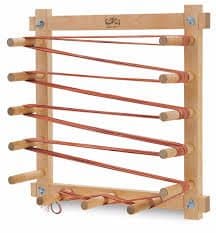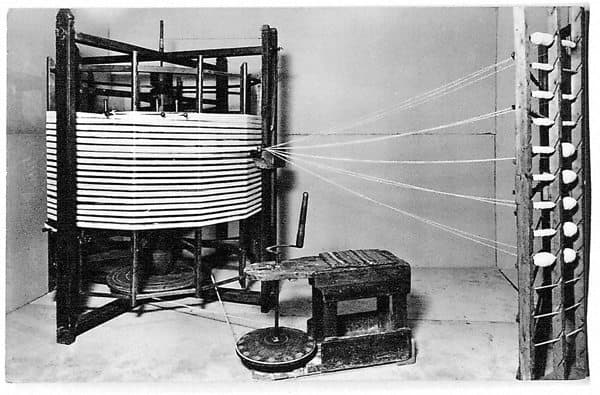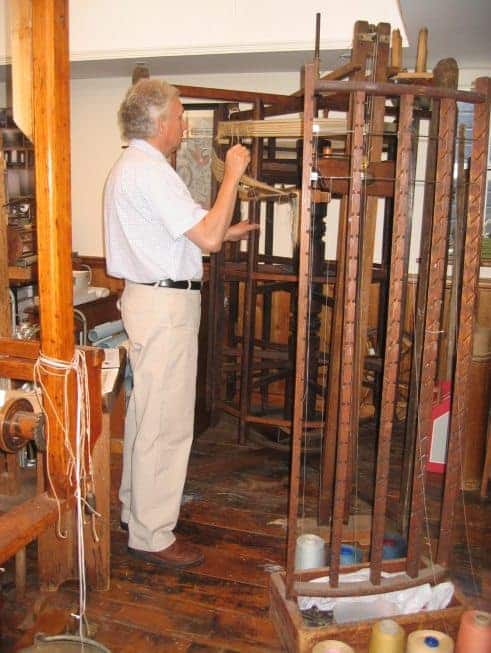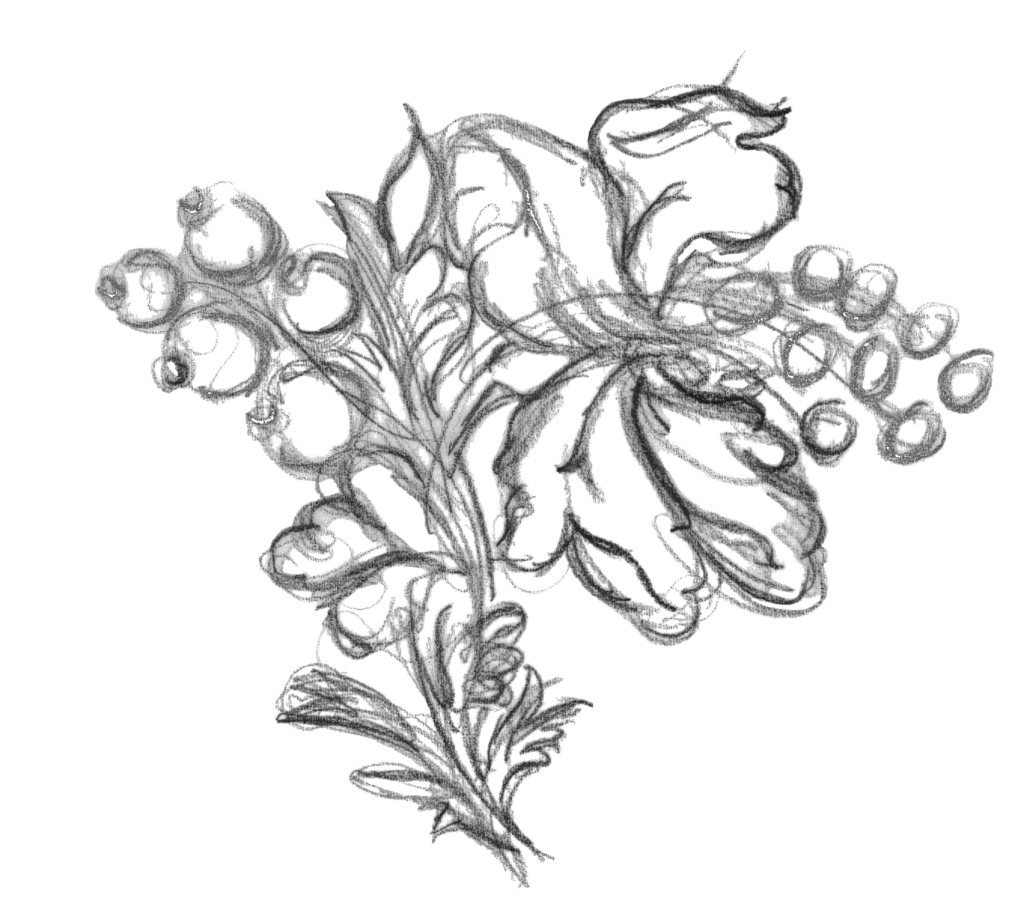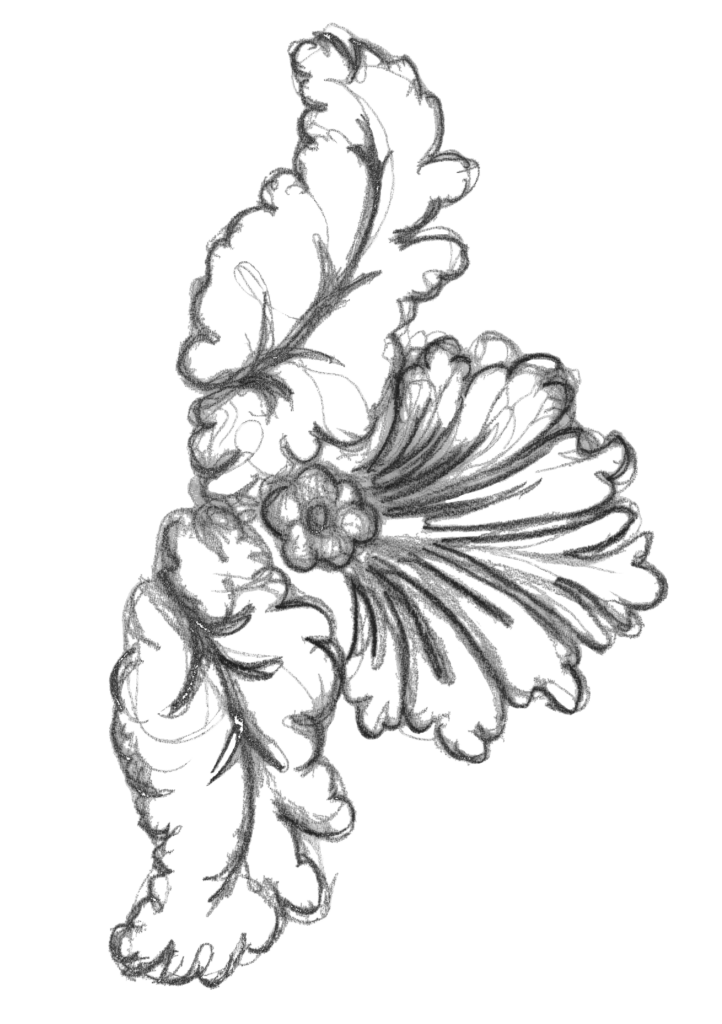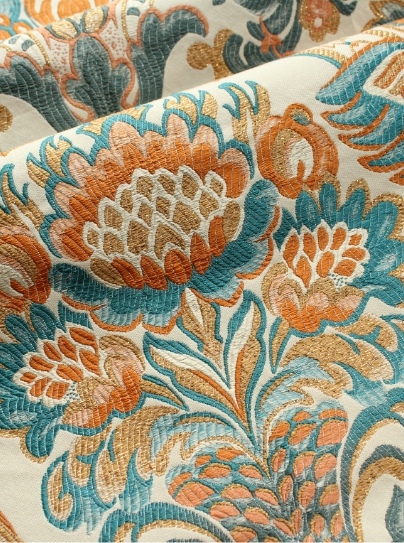Warping the threads of time – the invention of the Warping Mill
For anyone involved in the art and mystery of weaving, they soon learn the need for perfection when it comes to preparing the threads which will form the warp in the loom. So how do you get those warp ends perfectly wound onto the back beam in the loom?
The process has evolved since the very concept of mixing warp and weft to structure woven cloth from the simplicity of the wall pegs to today’s single end warping technology.
Early cottage weaving, where the family were all involved in the process of weaving, would make warps of up to 20- 25 yards long on pegs inserted into the wall beams of the building itself. The threads would be man-handled in groups of up to eight strands and zigzagged from side to side to multiply up the number of threads required, matching the weaving width in the loom. With this method warp length was restricted to the pegging layout but the idea remained unchanged for centuries until the end of the 15th Century.
The change of practice which speeded up the warping process was credited to Leonardo da Vinci (1452-1519). He lived in Florence and would have been surrounded by silk weavers struggling to create fine webs of silken strands.
His creative genius laid plans and drawings to create a revolving drum where the warp strands could be wound evenly and continuously in one single length. The warp endage needed could be built in bigger sections by using a creel of bobbin threads in bigger numbers. This method was not restricted to the silk trade and became more widespread throughout Europe and eventually into England with the arrival of the Huguenots around 1685. The warping mill as it became known as was driven by hand, making it to revolve and pulling the threads from bobbins of yarn. The completed warp could be chained off in a crochet style method to be spread onto the warp beam of the loom. The creating of longer warps and the ability to get it onto the beam led to the specialist trades of warp spreader and beamer.
The chain warp was built on the loom by running a series of threads from a bobbin creel. These threads form a small section (portee) which is held together by passing the threads through the pulleys on the heck block. As the mill is revolved the heck block rises or lowers, depending on the revolving direction taken. As the threads are pulled from the bobbins or spools they are neatly laid onto the mill in line with the previous revolution. The warp width required is built up by repeating the process. At the top of the portee a cross is taken by running the treads through the hand alternating threads between fingers and placing the crossed treads over the pegs provided. At the end of the length of warp the portee is laid over and under a set of two pegs to keep each portee in line. The warp once completed is wound off onto a warp stick ready for beaming. This second process of beaming is to be explained in further detail later. Vertical warping mills were generally built between 3 and 5 metres in circumference with hardwood rails polished smooth to stop any snagging.
The combined sectional warper and beamer invented in the 19th Century gradually became the industry standard as less skill was required to produce a better warp beam for the loom.
